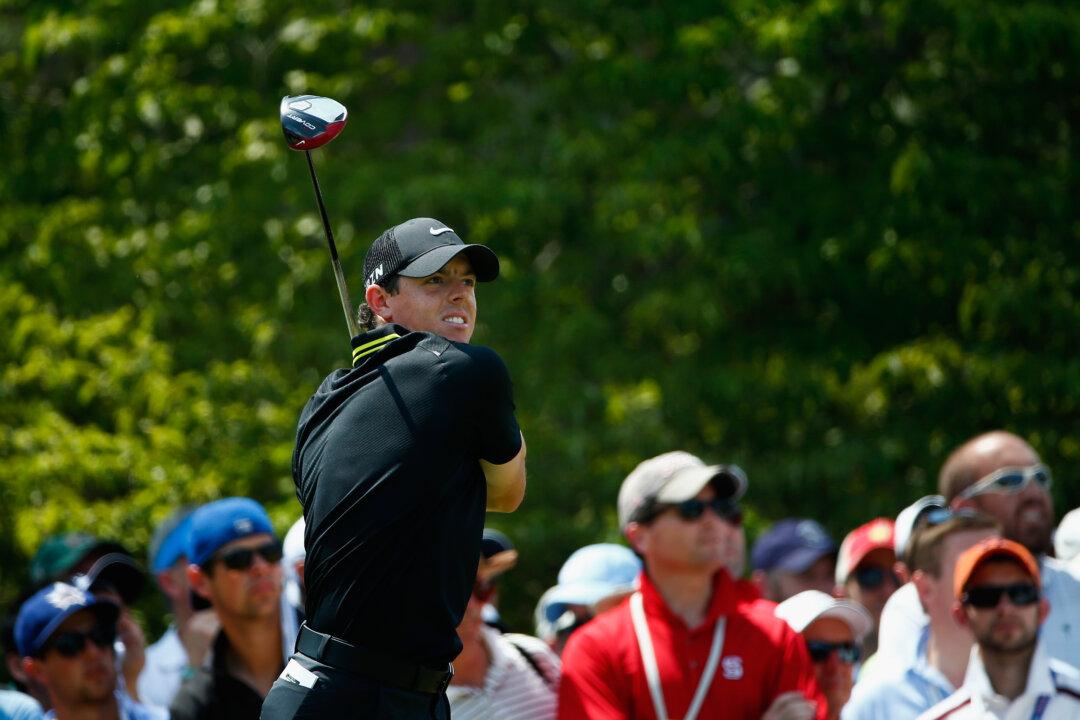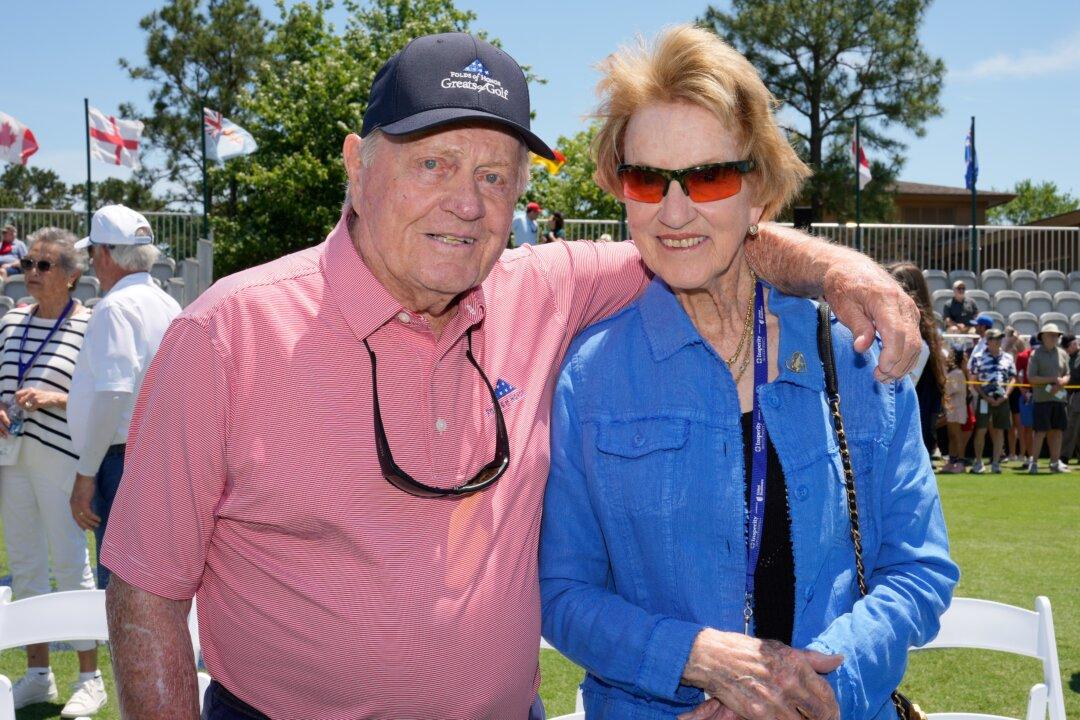There’s a old adage in golf that you drive for show and putt for dough. Anyone watching Rory McIlroy reclaim the top spot in the golf world rankings can appreciate how the 25-year-old is rephrasing that expression to the following—he’s driving for show and collecting the dough too.
Nothing prompts more oohs and aahs from galleries than a driver hit squarely on the face that flies its maximum distance in concert with splicing a fairway in half.
Power golf in tandem with precision is the ultimate golf stroke. It is the separator and few have demonstrated that better in his young but advancing career than McIlroy.
As Saturday’s third round at The Open at Royal Liverpool was winding down it appeared McIlroy might be overtaken. His play prior to the 16th hole was tentative—playing more not to lose, than to win.
All of that changed ever so promptly and emphatically when the Northern Irishman eagled the par-5 16th and 18th holes at Hoylake. In both instances McIlroy split the fairways with gargantuan drives propelled even further given the firmness of the fairways, leaving him only mid-iron approaches respectively. His chief rivals played more conservatively fearing what could happen. McIlroy displayed not one iota of indecision—he simply delivered a knockout blow making the final round an 18-hole coronation event with the awarding of his first Claret Jug with more likely in the future.
In the last few years those at the top of the pecking order in professional golf have opted to switch from using a driver and replaced it with fairway metal clubs providing more loft and easier control to access the preferred short grass targets.
The Big Dog, as golf is fond in calling the driver club, has been left in the bag by a number of competitors, but after observing the systematic manner by which McIlroy separated himself from all others, it once again brings to the forefront what top tier driving, linking superlative distance and uncanny accuracy can do.
At last week’s Bridgestone Invitational, one would think McIlroy was playing a very short and wide open course. Firestone South is anything but and McIlroy packed plenty of wallop—averaging 333.9 yards off the tee in leading the field in that category. More often than not, his drives were placed superbly allowing him far easier approaches to pin locations that were particularly tucked into hidden corners. A great example came at the 72nd hole. The long par-4 18th at Firestone South is protected by a canopy of trees enveloping a narrow fairway and making it appear even more so from the tee. The effective landing area was on the far right side of the fairway—roughly an eight-yard swath of turf. McIlroy bombed a drive to that exact area, leaving him a fairly simple wedge approach unimpeded by any trees and concluding an event in classic fashion.
For the 2014 season McIlroy is averaging 310.25 yards—trailing leader Bubba Watson by slightly more than four yards.
The driver is often the most vexing of clubs to master. The shaft is the longest of all the clubs and professional golf often features various courses tweaked to extract scaled penalties for the tiniest of mishits and faulty execution.
What McIlroy has demonstrated is a fearless focus on playing aggressively from the tee. The equivalency would be an NFL team gaining 7-8 yards on first down. The defense would be on its heels—as McIlroy’s opponents are now.
The usage of the driver has been a key difference maker and golf’s history and past champions have shown the skills to make their presence shown at key times.
Who can forget Arnold Palmer’s capturing of the 1960 U.S. at Cherry Hills started from him driving the first green—346 yards away—jumpstarting his surge in firing a 65 in winning his only U.S. Open.
Ten years later Jack Nicklaus performed a similar feat—driving the final green at The Old Course at St. Andrews and rejuvenating a stalled career with his first major win in over three years.
John Daly did likewise, but unlike Palmer and Nicklaus did so for the duration of the 1991 PGA Championship at Crooked Stick. “Long John” simply applied a “grip and rip” approach—often times finishing 30 or more yards ahead of his rivals and exciting the golfing public with his muscular style of play.
McIlroy’s dominating style is akin to the historic skills demonstrated by the likes of Nicklaus and Greg Norman. The Golden Bear and the Great White Shark were renown for being able to hit long drives which routinely found fairways. The overall impact intimidated the field because being able to link the two elements of superior distance and uncanny accuracy provided a major advantage when applied over the course of 72 holes.
Contrast McIlroy with the persistent driving woes of Tiger Woods. The former number one player has developed the ultimate woe—missing regularly with either push shots veering far right or flipping his hands through the drive zone causing major hooks to the left. Woods entered professional golf with a powerful and effective driving game. Those days are more in the rear view mirror now as Tiger desperately needs to find an antidote that can give him a presence on leaderboards which have been missing for all of 2014. It is nearly impossible to play at a world class level with a driver that constantly misbehaves and to attain his former world number one position, Woods needs to get back to the time when the driver was embraced rather than feared for what might happen when used at crucial times.
McIlroy has had issues of playing consistently but should his current play develop into a more predictable trend it is hard to envision any competitors matching what he is doing now. The Big Dog that McIlroy is using to maximum advantage is showing clearly that not only is his bark loud but his bite is indeed as fierce as any previous golf champion has ever demonstrated. Should that trend continue at Valhalla this week the probability of Rory hoisting his second Wannamaker Trophy is indeed a very real possibility.
M. James Ward, a member of Golf Writer’s Association of America (GWAA) and past member of Met Golf Writer’s Association (MGWA), has reported on golf’s grandest events since 1980 in a variety of forums.





